Mallorca 2023
Images from a week long herping/birding/sunshine adventure to the island of Mallorca
WILDLIFEMACROHERPINGTRAVELLANDSCAPE
Late april there were some pretty affordable tickets to Mallorca available, and considering the fact that one of Europe's rarest (if not the rarest) amphibians occurs exclusively on Mallorca, I quickly started forging plans. After a bit of asking around I found a friend willing to join and booked tickets, a rental car and a place to stay. We stayed fairly centrally on the island, near Inca in an AirBnB with a funny and very relaxed host. The location was ideal, after arrival we quickly saw some Mediterranean specialties, like like Sardinian warbler (Sylvia melanocephala) and Red-legged partridge (Alectoris rufa). After a couple hours of birding and enjoyment of the nice warm weather, it was of to bed as the big highlight of the trip was planned for the following morning. Getting up fairly early we drove 45 minutes west to the location I found for the islands specialty. Arriving on the parking lot we almost immediately heard Eurasian wryneck (Jynx torquilla) and Balearic crossbills (Loxia curvirostra balearica), the former of which were heard all over the island, but only once, quite poorly, seen. Then it was time for the treacherous 15km hike towards the location I found. Several times the trail was barely visible and the GPS maps I had on my phone were more a necessity than a luxury. After scrambling up some scree slopes we arrived at a small cistern and after a few minutes I quickly found the first Mallorcan midwife toad (Alytes muletensis), nice!. After some pictures and time with the species we went a slightly different, slightly safer route back. A well deserved pizza and cold beer finished of the day and we both got a great nights sleep, dreaming of the lovely little toads.
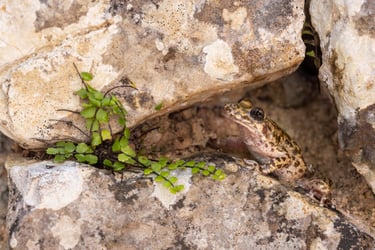
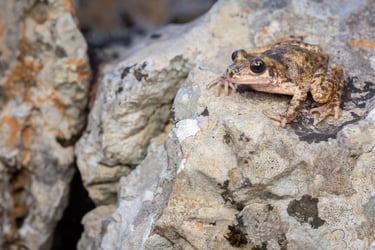
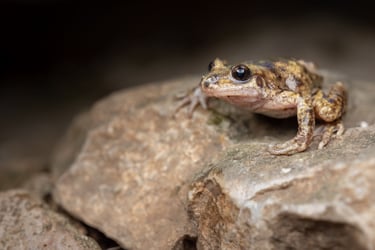
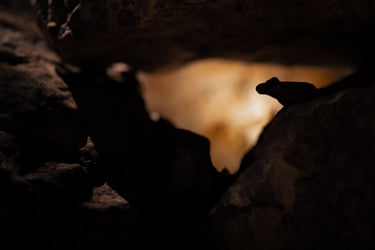
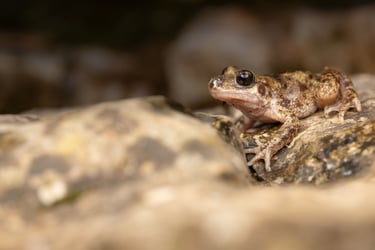
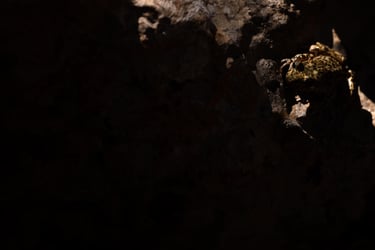

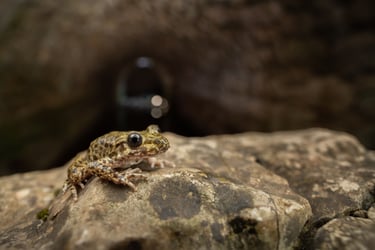








The rest of the days were spent all over the island, looking for a few of the endemic subspecies of Lilford's wall lizard (Podarcis lilfordi) but also checking out an introduced population of Ibiza wall lizards (Podarcis pityusensis). Especially the endemic subspecies of Lilford's wall lizard found on Sa Dragonera was spectacular, the densities these lizards reach on this island are truly incredible. Near the harbor I also witnessed a mating attempt, but didn't get a chance to see how it ended as we had to get the boat back to the mainland to catch a plane. Most lizards only came out once the light got seriously harsh, making photography rather difficult. The most common reptile on the island by far were Moorish Geckos (Tarentola mauritanica), which were seen everywhere but are absolutely rapid, I did have a single photographic opportunity near the accomodation however. Aside from lizards, a fair amount of time was spent looking for snakes, but sadly (or not so sadly, considering all snakes on Mallorca are introduced) we didn't manage to find any, despite looking in suitable habitat in suitable conditions. A search for balearic green toad (Bufotes balearicus) sadly deliverd nothing but tadpoles and a dead individual. The conditions in the habitat I hoped to find them in were rather dry and we didn't have any rain, which might've brought them out. Despite the name this species also occurs on mainland Italy, so I'll probably get another chance at some point in the future. The only terrapin we saw was the introduced red eared slider (Trachemys scripta elegans), but we did see quite a few native hermann's tortoise (Testudo hermanni). It took a while for them to came out, but we saw 7 individuals in a short timespan once they did.


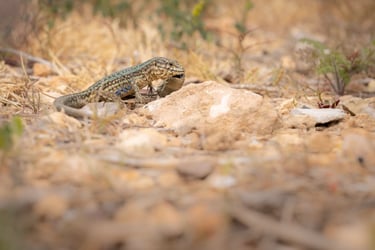
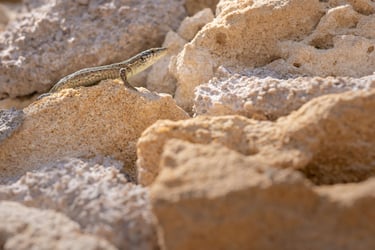
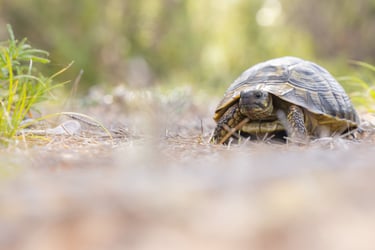
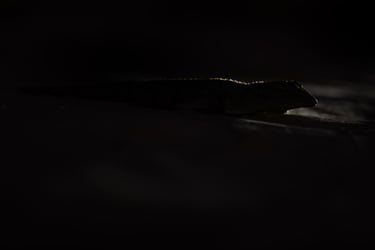


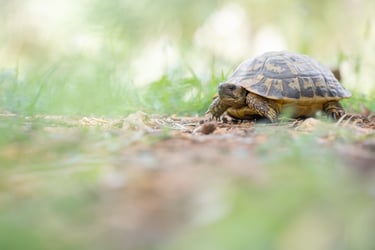



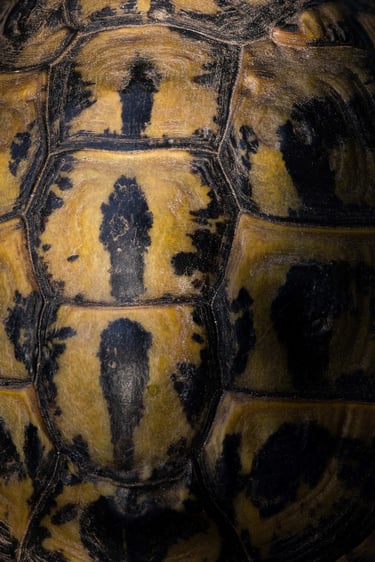
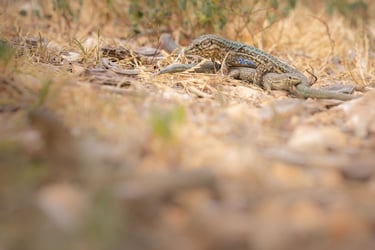
















Mallorca has quite a few lovely landscapes and the far south is a good location to see the milky way, considering the fact that it is a bortle 3 zone. So we set out one morning at 4 in the morning, to be on time to see the milky way without wasting too much time before sunrise. I managed a few shots of the milky way and afterwards we set out to look around at some salt flats, in hopes of finding snakes and birds. Arriving there I sent up my drone and took some of my favorite images of the trip, the flamingos, the rising sun and the interesting textures of the salt flats made for an incredibly fun flight. Included in the gallery below are some general landscape shots, mostly taken by drone all over the island, to prevent the blog getting too long.

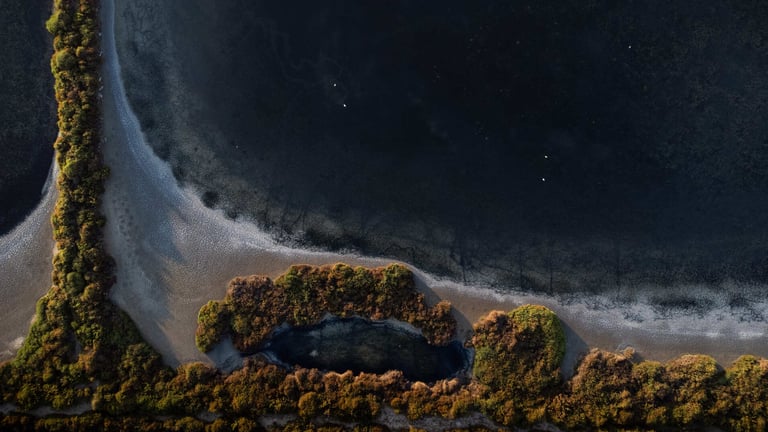


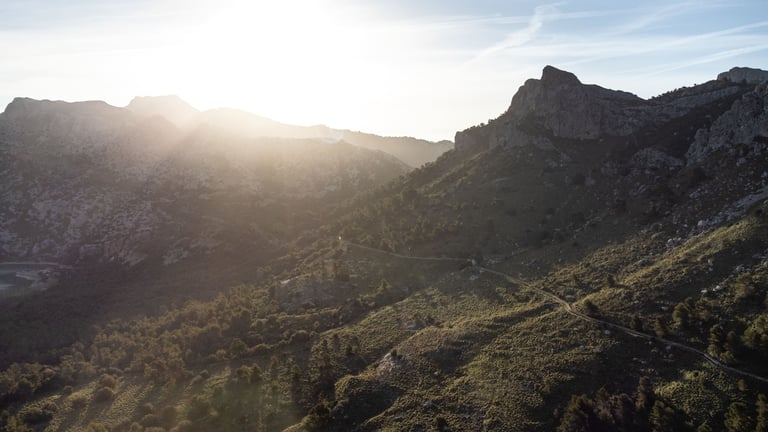
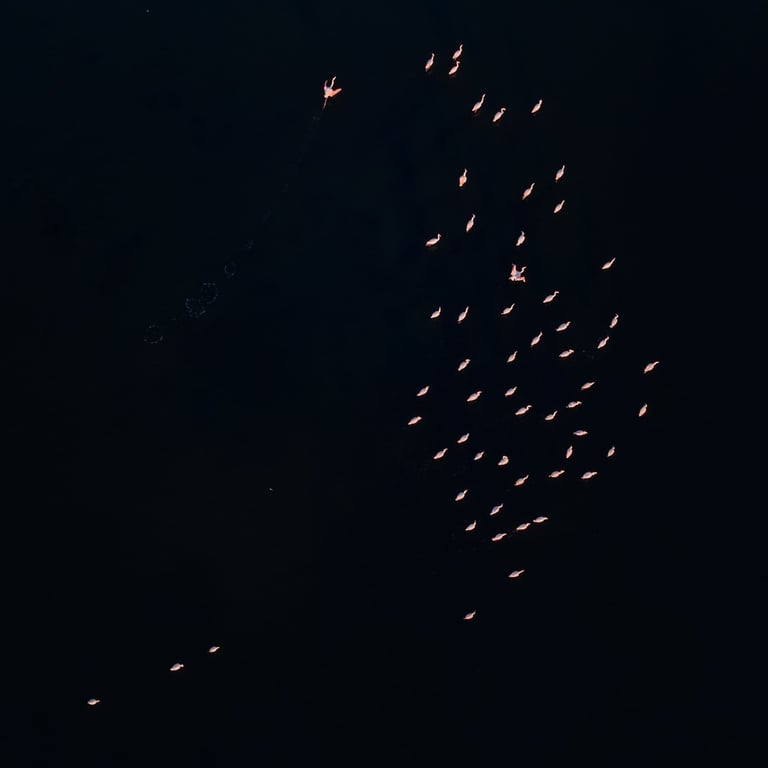



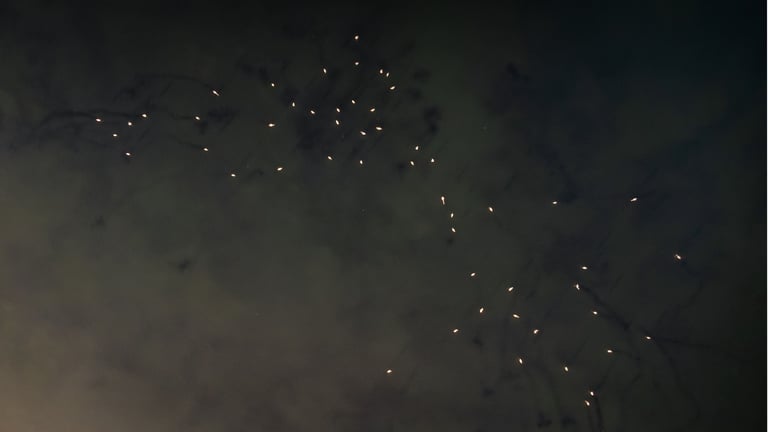
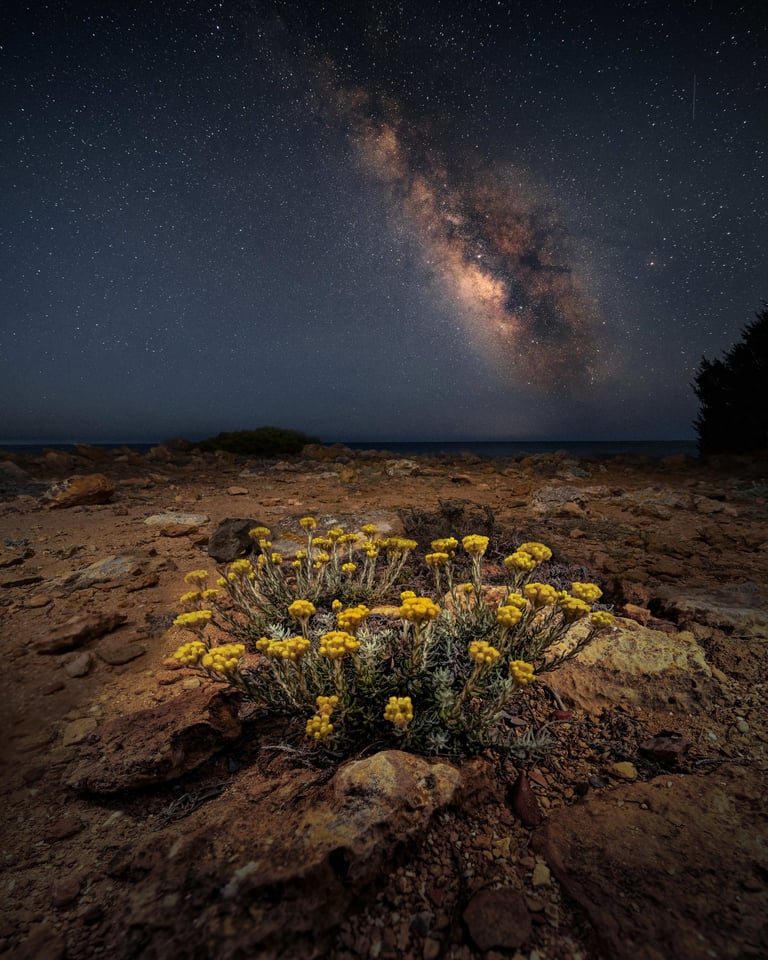











Birds took the spotlight after our succes with the midwife toad and I managed to see quite a few lifers, including the main birding target: Balearic warbler (Curruca balearica). To my surprise, we only saw 1 male individual in seemingly not the greatest habitat, but I'm very glad we at least managed to find this one. Aside from that main target, lots of cool birds were seen, including but not limited to red-knobbed coot (Fulica cristata), Eurasian stone-curlew (Burhinus oedicnemus), Mediterranean flycatcher (Muscicapa tyrrhenica) and marbled ducks (Marmaronetta angustirostris). Getting pictures wasn't always easy, especially considering the harsh lighting conditions most days, but I still managed a few shots that are at least worth showing. Pictured below are the aforementioned red knobbed coot, black-winged stilts (Himantopus himantopus), nightingale (Luscinia megarhyncos), Thekla's lark (Galerida theklae) and European serin (Serinus serinus). Mallorca was a lovely island to visit, the roads were great, food was tasty and the wildlife quite nice. Lots of properties and areas are fenced off, making stuff that looks good from satellite pictures impossible to visit. Generally speaking however, we saw almost everything we wanted to see, even if we could only get onto publicly accesible land. A trip well worth it, especially considering the cool endemics the island has to offer.












